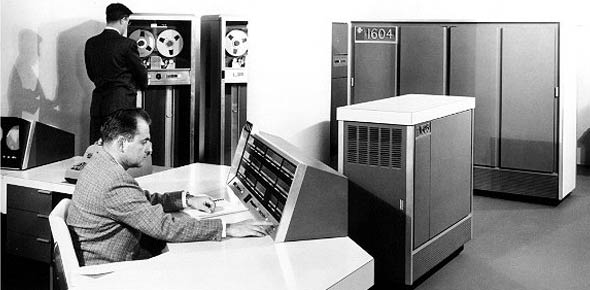CDC 4b051 Practice Test
- ASHRAE
- OSHA
2.
You may optionally provide this to label your report, leaderboard, or certificate.
×
Thank you for your feedback!
















